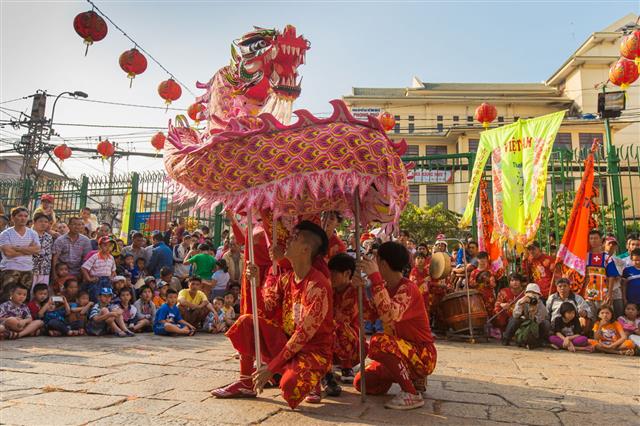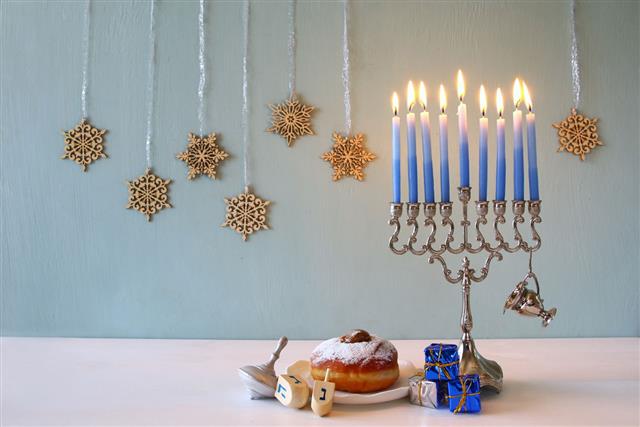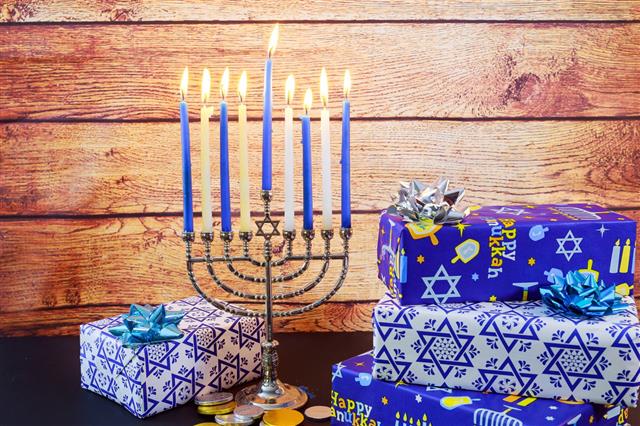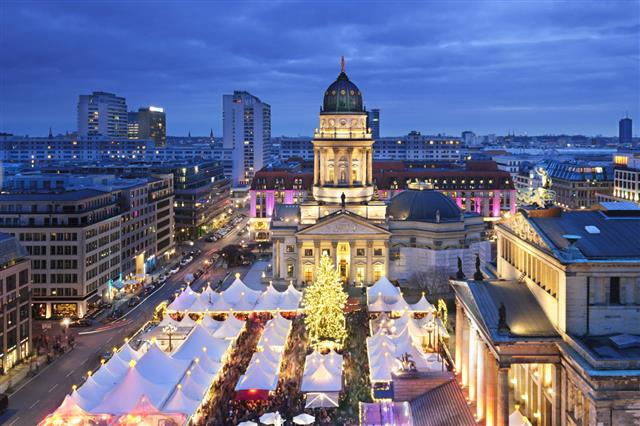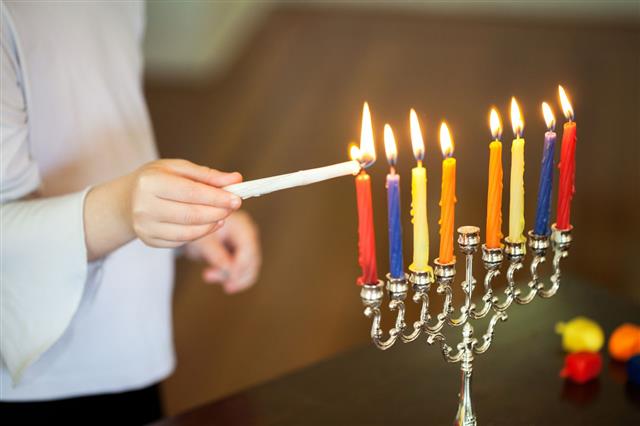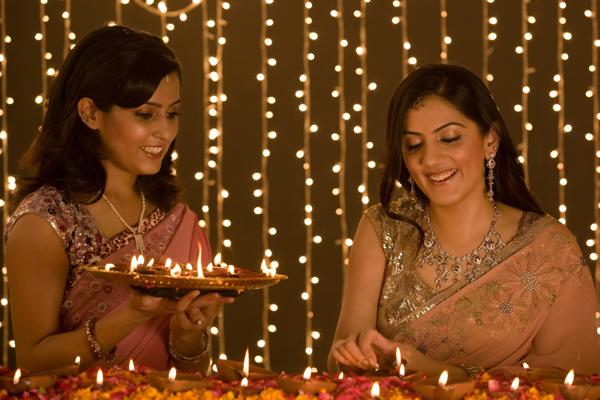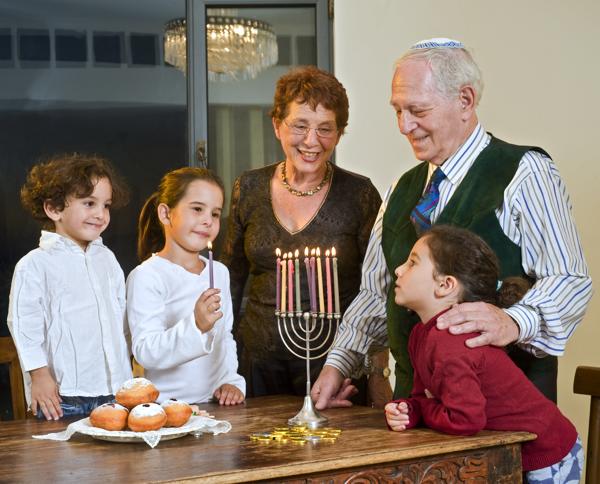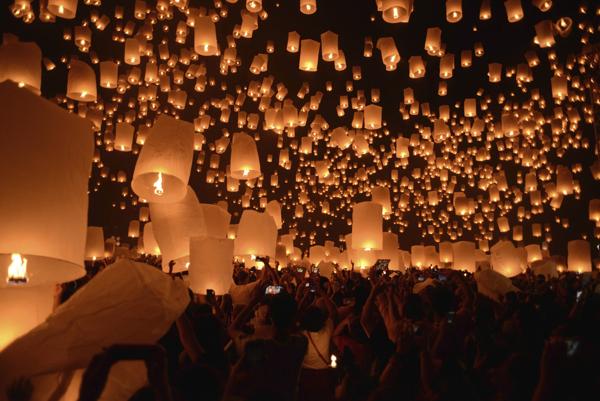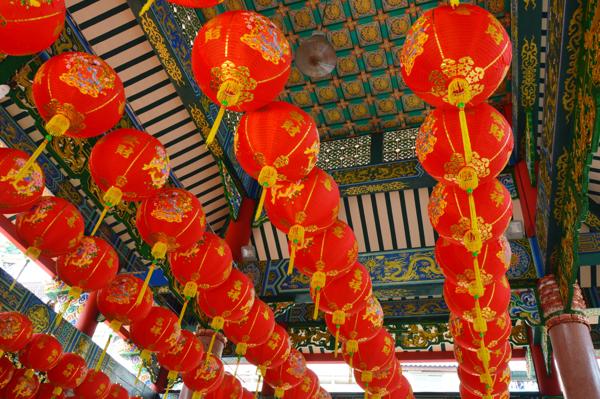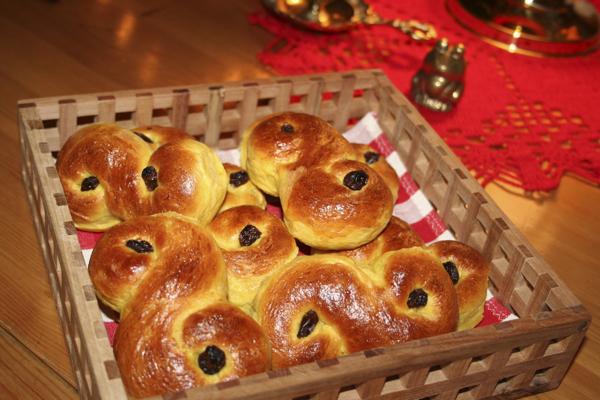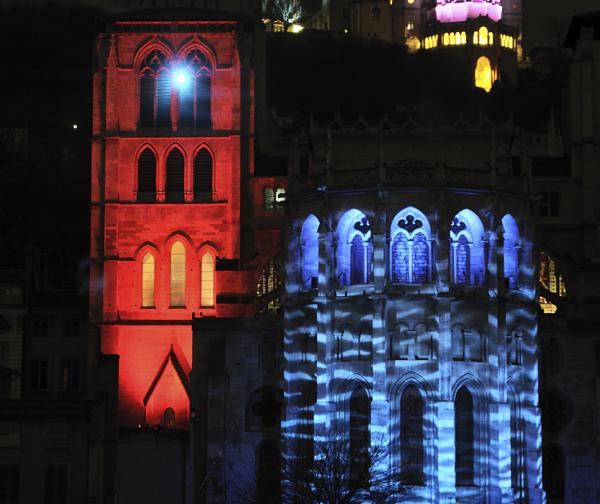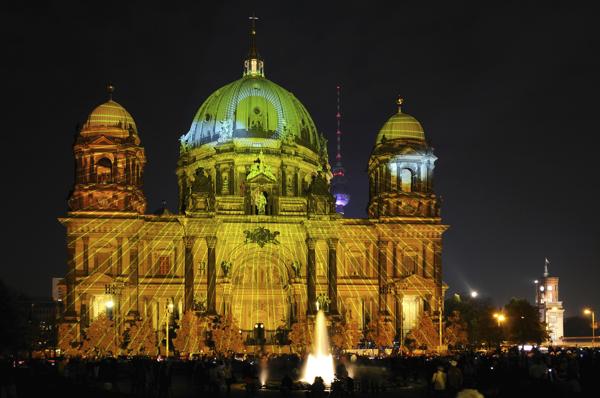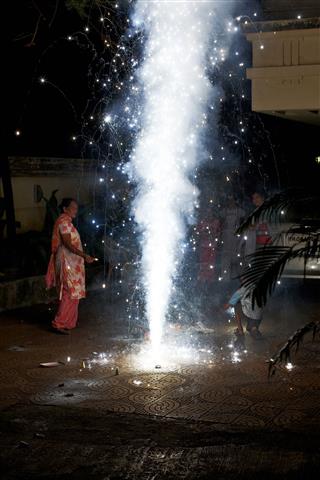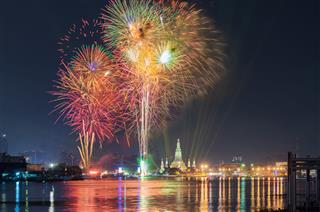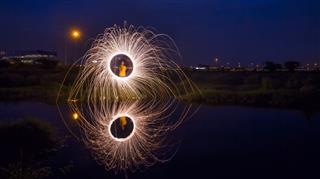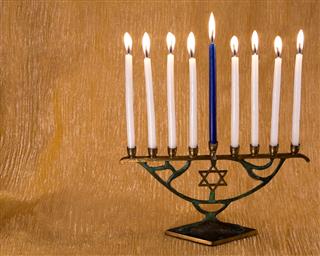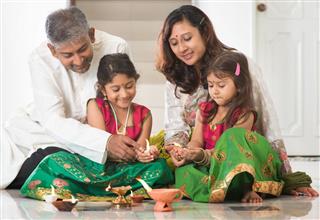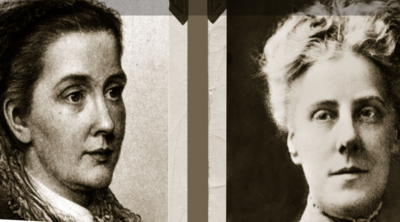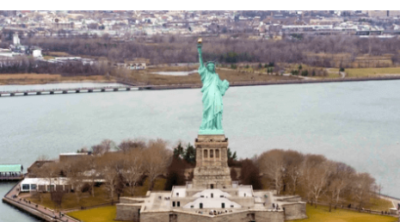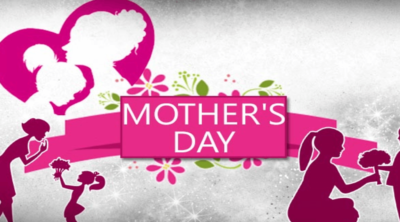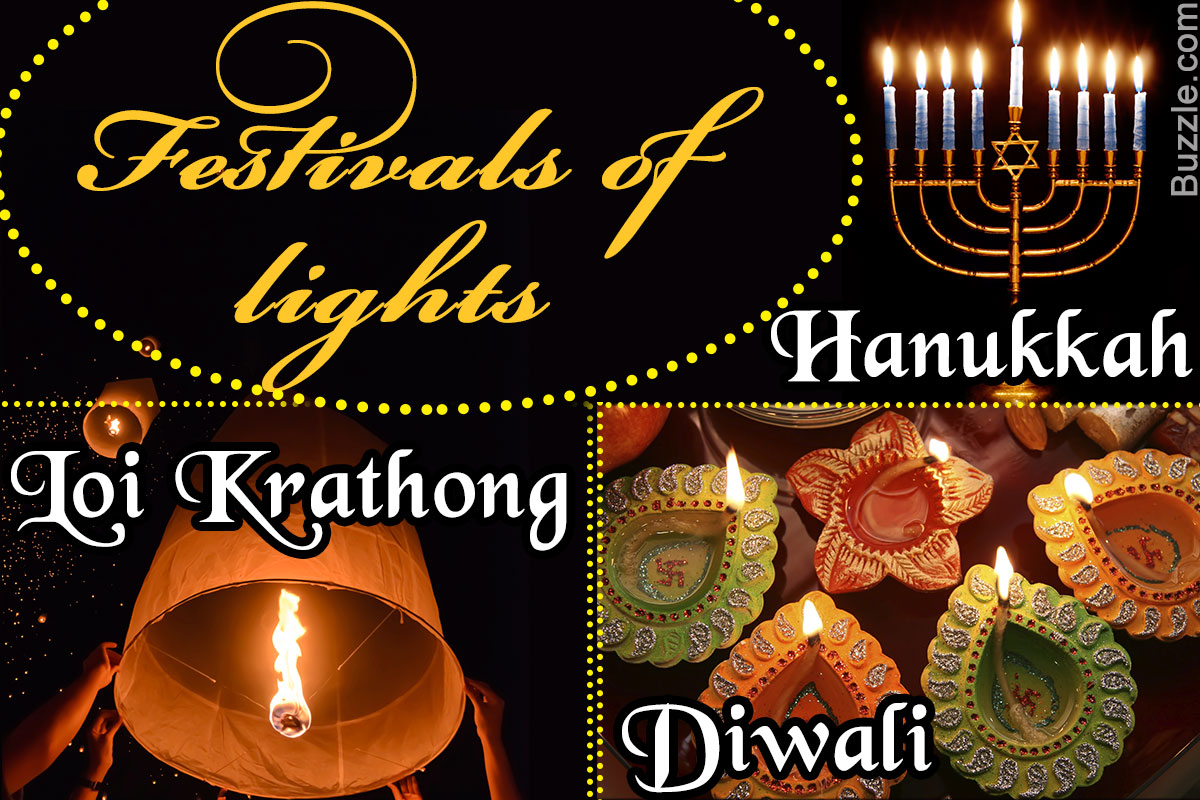
Festivals of lights across different cultures have a common thread in celebrating ‘light’ as opposed to the ‘dark’. Some are however non-traditional fests, like the Berlin Light Festival, which appreciates the art of lighting. This CelebrationJoy article elaborates on various such ‘lights’ celebrations around the world.
Deepstambha
‘Deep’ means lamp, and ‘stambha’ means ‘column or tower’, where several earthen oil lamps are lit on religious occasions. This is an architectural characteristic seen at the entrance of many Hindu temples.
Holidays, vacations, gifts, sweets, desserts, family get-together, and a lot of time to celebrate, is what festivals are all about. They are something we always long for; the time to be home with our loved ones, a special occasion that allows us to feel special too.
Lights have been a very important element of many festivals. Even before the discovery of electricity, rather more so because of the lack of it, lighting lamps or lanterns was a significant part of celebrations. In fact, some festivals are known as festivals of lights. There are many such light festivals across various cultures in the world, which have been illuminating our surroundings year after year. What’s more? They are celebrated even outside the countries of their origins.
Festival of Lights Around the World
Diwali, India
Literally the ‘festival of lights’, Diwali is one festival that is elaborately celebrated by Hindus for a period of five days. ‘Diwali’ or ‘Deepawali’, symbolizes the victory of light over darkness, relating to the return of God Rama with his wife Sita and brother Lakshmana after ‘Vanavas’, or the exile of 14 years (ancient epic of Ramayana).
Falling in autumn, according to the luni-sidereal calendars, ‘Laxmi Pujan’ or worshiping of the Goddess of Wealth and Prosperity, is done on a ‘no moon’ day in the month of Kartik (October or November). This dark night is believed to be one of the most auspicious days of the year. Every day has a different significance: ‘Dhanteras’ on the first day, worshiping Dhanvantari (God of Health); ‘Naraka Chaturdashi’ signifies ritual bathing; ‘Laxmi Pujan’, ‘Balipratipada or Padwa’, honoring the mutual relationship between husband and wife; and ‘Bhai Dooj’ is celebrating the brother-sister relation.
Houses and even business spaces are cleaned prior to the festival. Almost all households engage in preparing a variety of sweets and other peculiar assortments. Lighting of oil lamps before dawn and dusk is enthusiastically done by women. During the five days, houses are decorated with oil lamps, lanterns, rangoli (colorful designs drawn on the floor at entrances), garlands, etc. The mornings and evenings are bustling with the noise of firecrackers throughout this festival period. Tihar, celebrated in Nepal, is another way of celebrating Diwali.
Hanukkah (Jewish Festival)
Also called Chanukah, lighting of the ‘menorah’ or ‘hanukiah’ symbolizes this Jewish festival of lights. The word ‘Hanukkah’ comes from a Jewish verb, that means ‘to dedicate’. By eliciting one light on each night, the eight- or nine-branched menorah is completely lit up by the eighth day. The additional ninth branch is considered to be the “shamash”, similar to a warden or attendant, and thus is either located above or below the other eight branches.
Donuts and latkes (potato pancakes) form the famous foods of this festivity. Also, children play with the ‘dreidel’ during Hanukkah, which is a four-sided spinning top.
Hanukkah is commemorated as the day when the holy temple or the second temple was rededicated in Jerusalem. The event dates back to the 2nd century, when the Judean Maccabees revolted against the Seleucid Empire. A miracle is believed to have happened during this rededication – when there was only enough oil to keep the candles of the menorah burning for a single day, they kept burning for eight nights, giving some time to find for a fresh supply of pure olive oil. This festival begins from the 25th of Kislev (the ninth month of the Hebrew calendar), and lasts up to eight nights and days. This period corresponds to around late November or late December in the Gregorian calendar.
Loi Krathong and Yi Peng, Thailand
The skies in Thailand get filled with lanterns, or what are known as ‘floating lanterns’. These are particularly of the Lanna style. It refers to the northern part of the country, and the kingdom of ‘Lanna’, which fostered between the 13th and 18th centuries. Meaning ‘to float a basket’, Loi Krathong is widely celebrated amongst the ‘Southwestern Tai cultures’ in Southeast Asia.
Along with Thailand, it includes Laos, Shan, Tanintharyi, Kelantan, Kedah, and Xishuangbanna. The Yi Peng, northern Thailand, is coincidental with the Loi Krathong. Yi is ‘two’, and peng is ‘full moon day’. Thus, the festival is observed on the full moon day in the second month, as per the Lanna lunar calendar.
The occasion is considered crucial to undertake good deeds; to make ‘merit’ (Buddhism), or ‘punya’ (Hinduism). Lanterns are made from rice paper, which is like a thin fabric. The main framework uses bamboo or wires. A candle or a fuel cell is tied along this frame. It is the hot air trapped within, on lighting of the candle, that lifts the lantern up into the sky.
Lantern Festival, China
The Lantern Festival of China has been observed since the period of the Western Han Dynasty (206 BC) This was when Buddhism was widely practiced in China. An emperor had heard about monks watching the remains from Buddha’s cremated body, the ‘sharira’. He had also learned that they lit lanterns to worship the Buddha on the fifteenth day of the first lunar month. This is why he asked for his imperial palace and temples to be lit with lanterns.
This was a symbolic manner of showing respect for the Buddha. Later on, this practice turned into a large festival, and gradually spread to the entire nation.
According to the Gregorian calendar, this festival falls around the months of February or March. Looking at the lanterns is the main task during the festival. Red-colored lanterns of various shapes and sizes are hung out on the streets. They have riddles posted on them by their owners. So, ‘guessing lantern riddles’ is a fun-game, where visitors who think they know the answer pull out these riddle posts and go to the owner to check if it is correct. The person guessing a correct answer is awarded with a gift. This riddle activity was introduced during the Song Dynasty in the 10th century. ‘Yuanxiao’ is another name for this festivity, as people eat these yuanxiao or rice dumplings. Firework parties are organized by some local governments. Celebrations also include the lantern dance, land boat dance, lion dance, and ‘yangge’ dance.
St. Lucia’s Day, Scandinavia
This picture portrays the Swedish peculiarity called ‘lussekater’. These are prepared during this festival of lights, also a feast day in Scandinavian countries. The saint’s feast once had fallen on the Winter Solstice, which turned it into a festival of lights. It is celebrated in Sweden, Norway, and in the Swedish speaking regions of Finland. On 13th December, St Lucia, a Christian martyr, is honored through a procession.
A chosen designee of St. Lucia leads a group of young girls who are all dressed in white. The girls also wear lighted wreaths on their heads. Accompanied by boys too, they sing traditional songs.
This is celebrated before Christmas, as it marks the advent of Christmas. The festival is said to bring hope and light. This is especially very symbolic in the Scandinavian region, as there is no light there for a long time span. It is usually the eldest daughter in the family who is dressed in white, and is asked to serve coffee and baked saffron bread, or lussekater.
Festival of Lights, Lyon
The inauguration of the statue of Virgin Mary on Fourvière Hill was planned for on September 8, 1852. But, as the River Saône was overflowing, it was postponed to December 8. Again, on that day, due to a violent storm, the event was canceled. Later, when the storm retreated, the French people came on the streets carrying candles and lanterns to celebrate this inauguration. Since then, it is a local tradition to decorate the window sills and balconies with candles and Bengal lights.
The popular festivity that it is today began in 1889. It lasts for four days, and includes modern lighting put up with creative parables combining music and theater. The entire city is illuminated for these four days. There are lights around monuments, cathedrals, and at public squares. As seen in the image above, various projections on historical buildings use 3D lighting and sound effects. Seen in the right top corner is the Fourvière Basilica. This festival has become the world’s principal event for creative light displays.
Festival of Lights, Berlin
The Festival of Lights in Berlin began in 2005. As the organizers describe this October event, it is a ‘high-quality, artistic public event in the field of light art and culture’. The city turns into a glittering area, with landmarks, streets, monuments, and squares being lit up in spectacular fashion. Brandenburg Gate, Fernsehturm, and Berlin Cathedral (seen in the image above) or Berlin Victory Column are the sights of prominent light art. The 2014 festival attracted around 2 million visitors.
It is a light art work creation put together by a range of national and international artists and designers. The basic concept revolves around the story of the world famous landmarks, monuments, buildings, and squares; also to revisit architectural nuances through light shows. Artists present different light projections, 3D video mappings, and light installations, through which their themes and messages are conveyed. Beginning at around 7 in the evening, the daily showcase lasts till midnight. It combines several events, tours, and activities generating a huge communication platform, as it extensively involves various social media, where people begin interaction even before the event begins. It also results into a great source of income for the local economy.
In the countries of Germany, Belgium, and Netherlands, children carry paper lanterns and go from door to door singing songs to celebrate St Martin’s Day (November 11). The little ones get candies in return. Other such illumination festivals include the light festivals in Amsterdam (Netherlands) and in the city of Ghent (Belgium).
